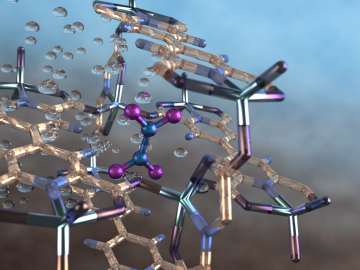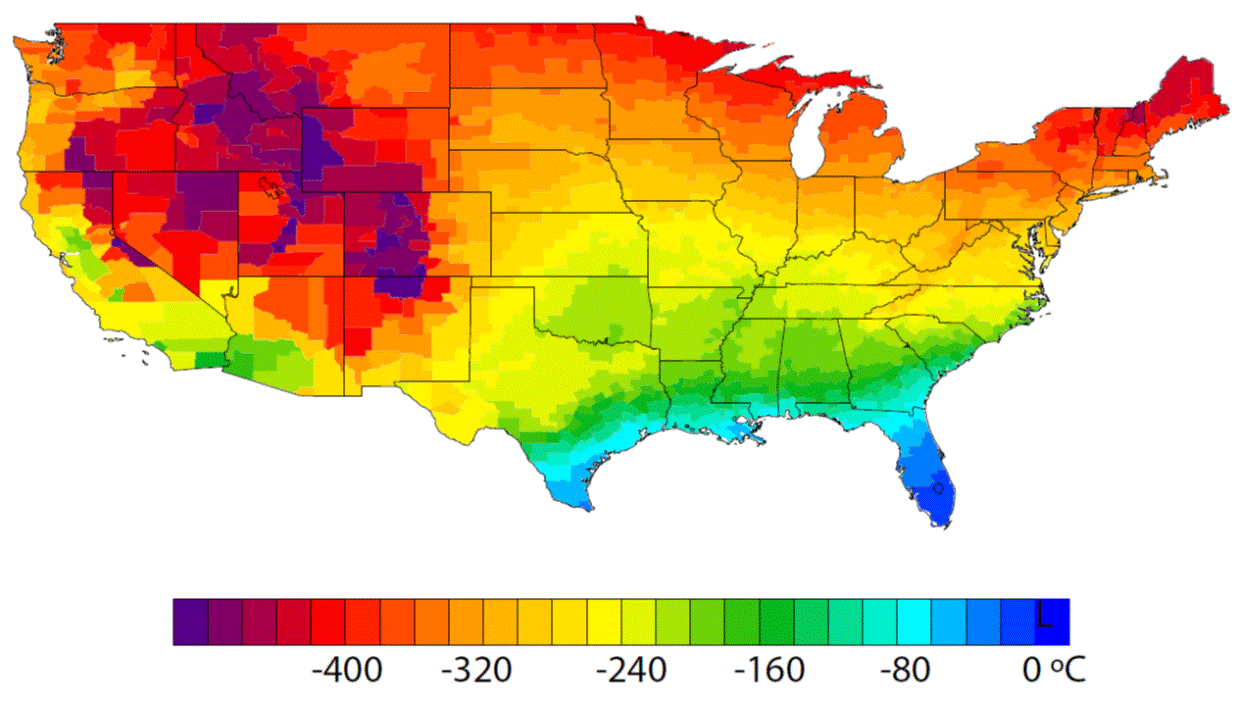
Filter News
Area of Research
- (-) Neutron Science (46)
- Advanced Manufacturing (22)
- Biological Systems (1)
- Biology and Environment (119)
- Biology and Soft Matter (1)
- Building Technologies (2)
- Computational Biology (2)
- Computational Engineering (3)
- Computer Science (16)
- Electricity and Smart Grid (3)
- Energy Science (232)
- Functional Materials for Energy (1)
- Fusion and Fission (10)
- Fusion Energy (3)
- Isotopes (8)
- Materials (75)
- Materials for Computing (15)
- Mathematics (1)
- National Security (40)
- Nuclear Science and Technology (9)
- Quantum information Science (6)
- Sensors and Controls (2)
- Supercomputing (129)
- Transportation Systems (2)
News Topics
- (-) 3-D Printing/Advanced Manufacturing (6)
- (-) Artificial Intelligence (6)
- (-) Biomedical (14)
- (-) Clean Water (2)
- (-) Computer Science (14)
- (-) Environment (13)
- (-) Security (2)
- (-) Transportation (5)
- Advanced Reactors (1)
- Big Data (2)
- Bioenergy (7)
- Biology (8)
- Biotechnology (1)
- Chemical Sciences (3)
- Composites (1)
- Coronavirus (10)
- Cybersecurity (1)
- Energy Storage (6)
- Fossil Energy (1)
- Frontier (1)
- Fusion (1)
- High-Performance Computing (2)
- Hydropower (1)
- Machine Learning (3)
- Materials (14)
- Materials Science (23)
- Mathematics (1)
- Mercury (1)
- Microscopy (3)
- Nanotechnology (10)
- National Security (2)
- Neutron Science (120)
- Nuclear Energy (3)
- Physics (9)
- Polymers (1)
- Quantum Computing (1)
- Quantum Science (7)
- Space Exploration (3)
- Summit (6)
Media Contacts

Research by an international team led by Duke University and the Department of Energy’s Oak Ridge National Laboratory scientists could speed the way to safer rechargeable batteries for consumer electronics such as laptops and cellphones.

In the race to identify solutions to the COVID-19 pandemic, researchers at the Department of Energy’s Oak Ridge National Laboratory are joining the fight by applying expertise in computational science, advanced manufacturing, data science and neutron science.

A versatile class of flexible, protein-like polymers could significantly advance future drug delivery methods. But first, scientists have to develop a reliable process for tailoring these polymers into shapes that can effectively transport medicines throughout the human body.

Biological membranes, such as the “walls” of most types of living cells, primarily consist of a double layer of lipids, or “lipid bilayer,” that forms the structure, and a variety of embedded and attached proteins with highly specialized functions, including proteins that rapidly and selectively transport ions and molecules in and out of the cell.

An international team of researchers has discovered the hydrogen atoms in a metal hydride material are much more tightly spaced than had been predicted for decades — a feature that could possibly facilitate superconductivity at or near room temperature and pressure.

Illustration of the optimized zeolite catalyst, or NbAlS-1, which enables a highly efficient chemical reaction to create butene, a renewable source of energy, without expending high amounts of energy for the conversion. Credit: Jill Hemman, Oak Ridge National Laboratory/U.S. Dept. of Energy

ORNL computer scientist Catherine Schuman returned to her alma mater, Harriman High School, to lead Hour of Code activities and talk to students about her job as a researcher.

An international team of scientists, led by the University of Manchester, has developed a metal-organic framework, or MOF, material

In the vast frozen whiteness of the central Arctic, the Polarstern, a German research vessel, has settled into the ice for a yearlong float.

A detailed study by Oak Ridge National Laboratory estimated how much more—or less—energy United States residents might consume by 2050 relative to predicted shifts in seasonal weather patterns


